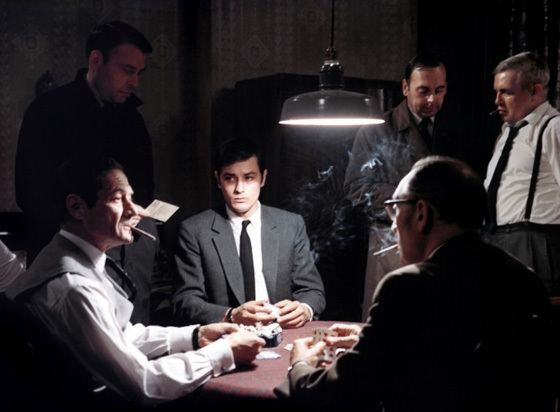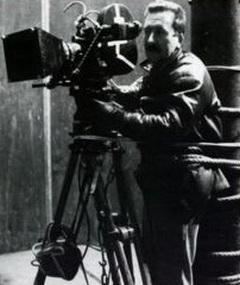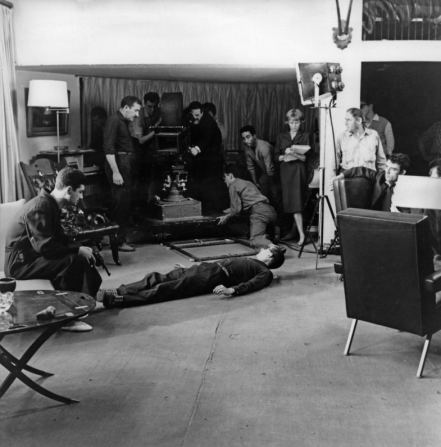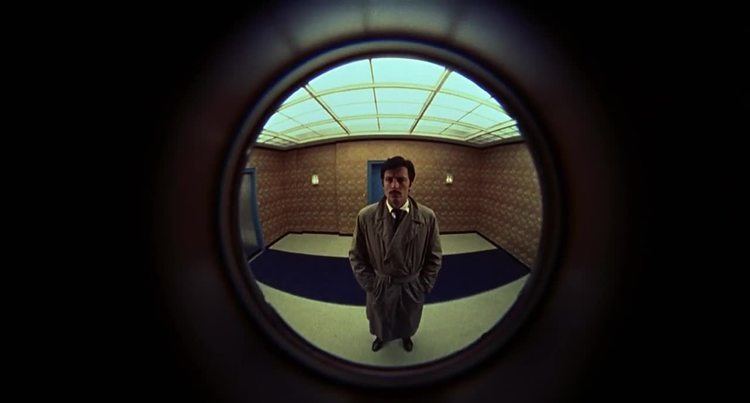Nationality French Occupation Cinematography | Years active 1949–1987 Siblings Claude Decae Name Henri Decae | |
 | ||
Movies The 400 Blows, Elevator to the Gallows, Purple Noon, Le Samourai, The Red Circle Similar People Jean‑Pierre Melville, Paul Gegauff, Maurice Ronet, Albert Remy, Guy Decomble | ||
Henri Decaë (31 July 1915 – 7 March 1987) gained fame as a cinematographer entering the film industry as a sound engineer and sound editor. He was a photojournalist in the French army during World War II. After the war he began making documentary shorts, directing and photographing industrial and commercial films. In 1947 he made his first feature film.

Decaë is strongly associated with directors who strongly influenced, or were part of, the French New Wave. These include Jean-Pierre Melville, Louis Malle and Claude Chabrol. Decaë first worked as a cinematographer with Melville on Le Silence de la Mer (1949). Decaë also edited and mixed the sound. Although Decaë worked with Melville on Les enfants terribles, which as Williams commented (1992, p333) "...the work is more accurately to be viewed as a stunning demonstration of the cinematic possibilities of faithful literary adaptation in the hands of a gifted director", according to Marie (p 88) it was his distinctive camera work on Bob le flambeur which caught the attention of the Cahiers critics. Malle hired him for his first two features and Chabrol for his first three features. They had been lucky as Decaë was finding it hard to get work at that time as he was being informally shunned by many after participating in a critical film about the Korean War. By the time Decaë worked for François Truffaut on The 400 Blows he came with a reputation, which meant that he was the highest-paid person on the film.

Decaë's liking for natural light, his ability to work at speed as well as his excellent photographic sensibility led to him working with René Clément on several features beginning with Plein soleil (1960). It was Decaë "...who liberated the camera, from its fixed tripod. He made the New Wave possible, backing up Melville, Malle, Chabrol and Truffaut." (Marie, 2003 p 89)

For bibliographical references see bibliography under Cinema of France.
Selected filmography
1949 to 1967. Mainly sourced from Internet Movie Database.

This filmography shows the close involvement of Decaë with New Wave directors prior to and after the 1958-1963 breaking of the wave. Also included are the films which he worked upon with René Clément, who had previously been chastised by Truffaut as being part of the 'Tradition of Quality'.

